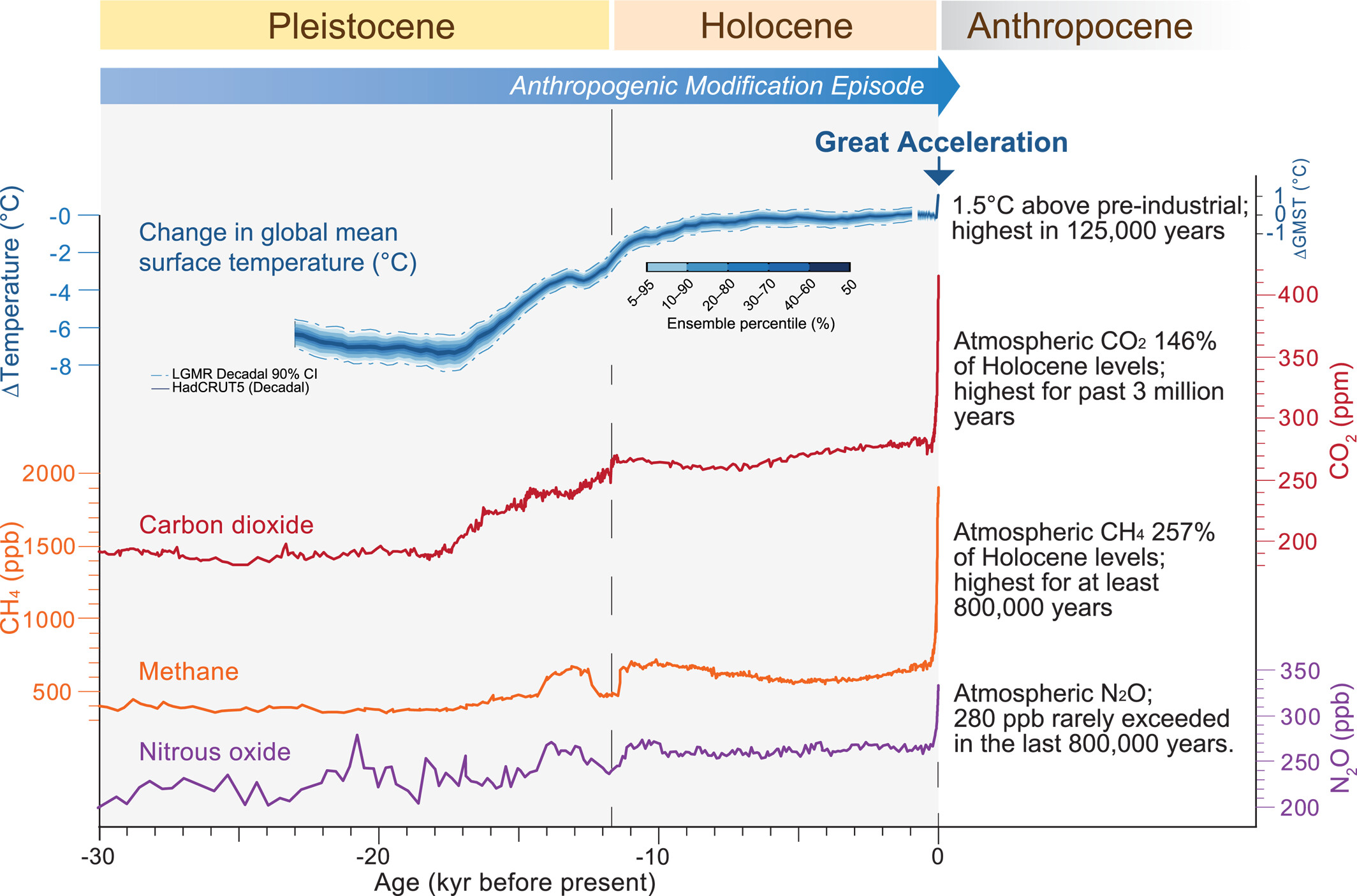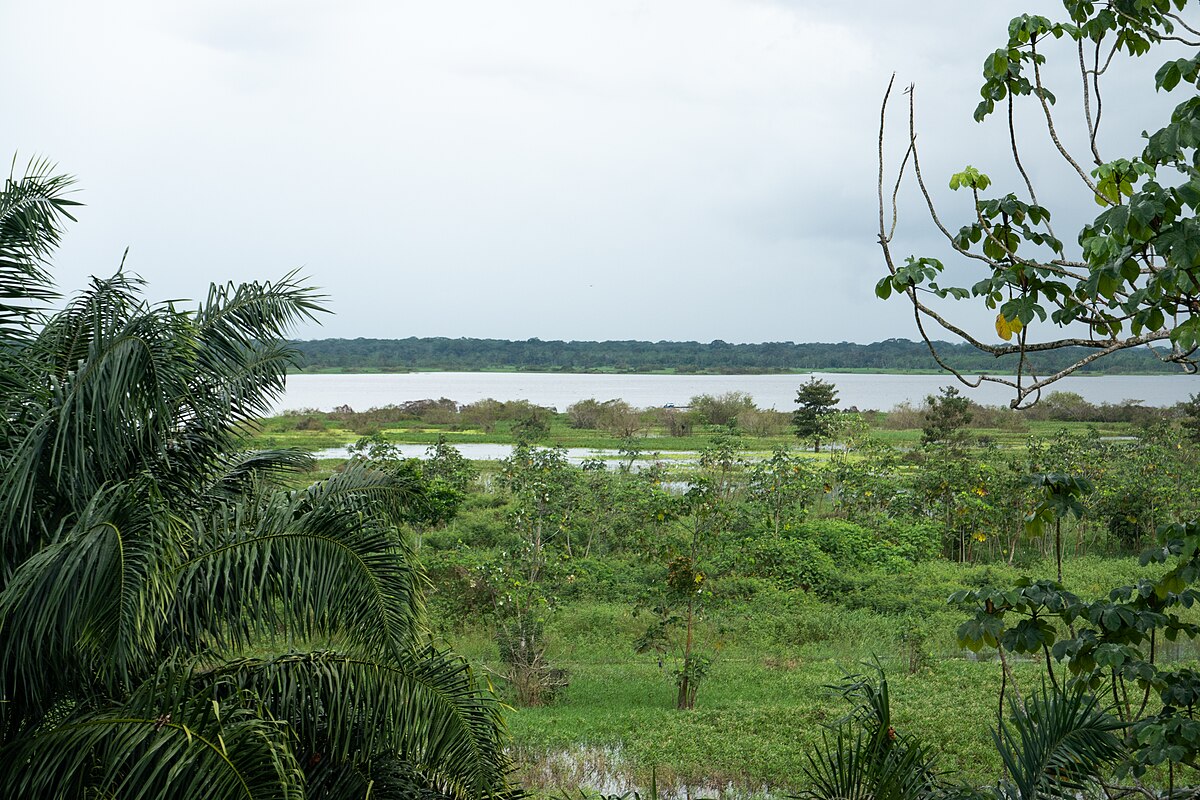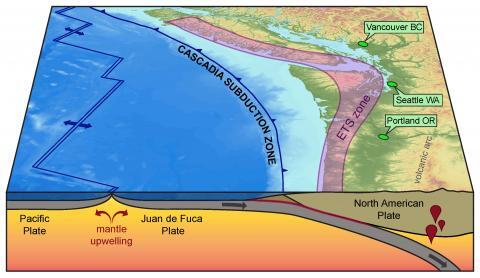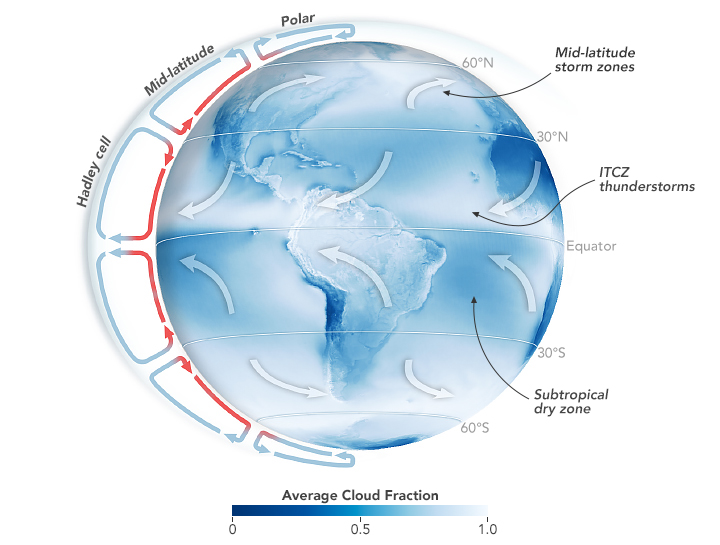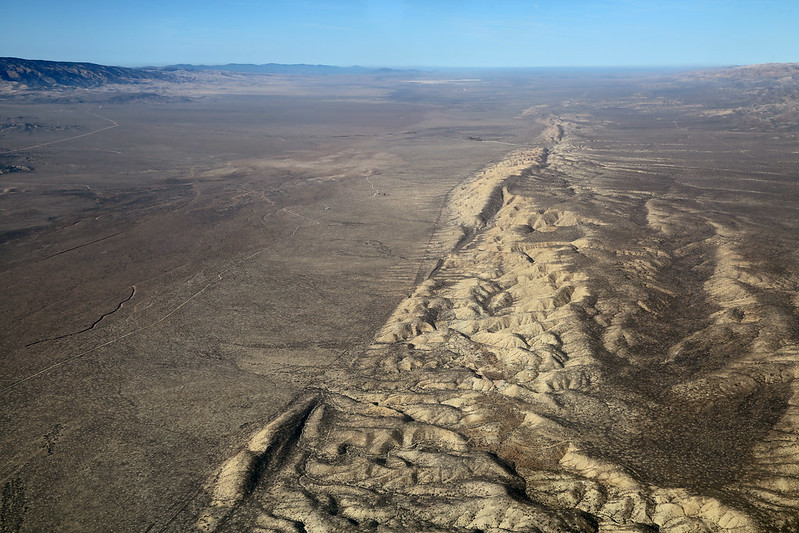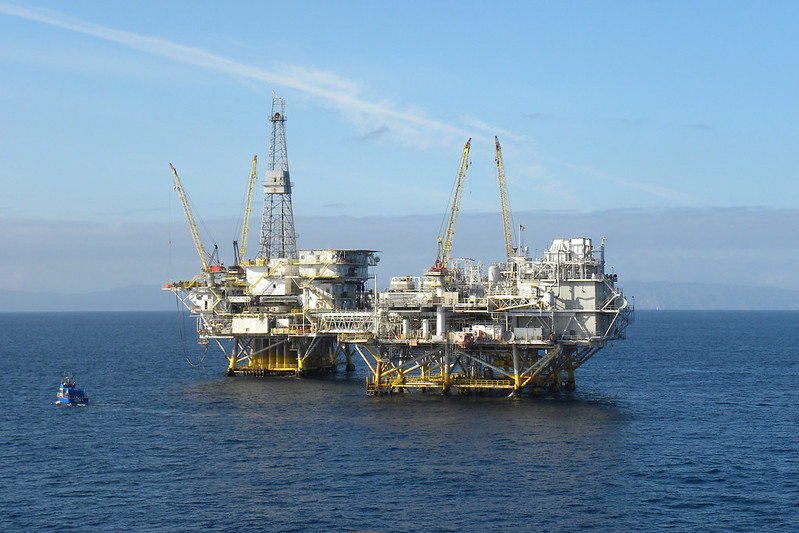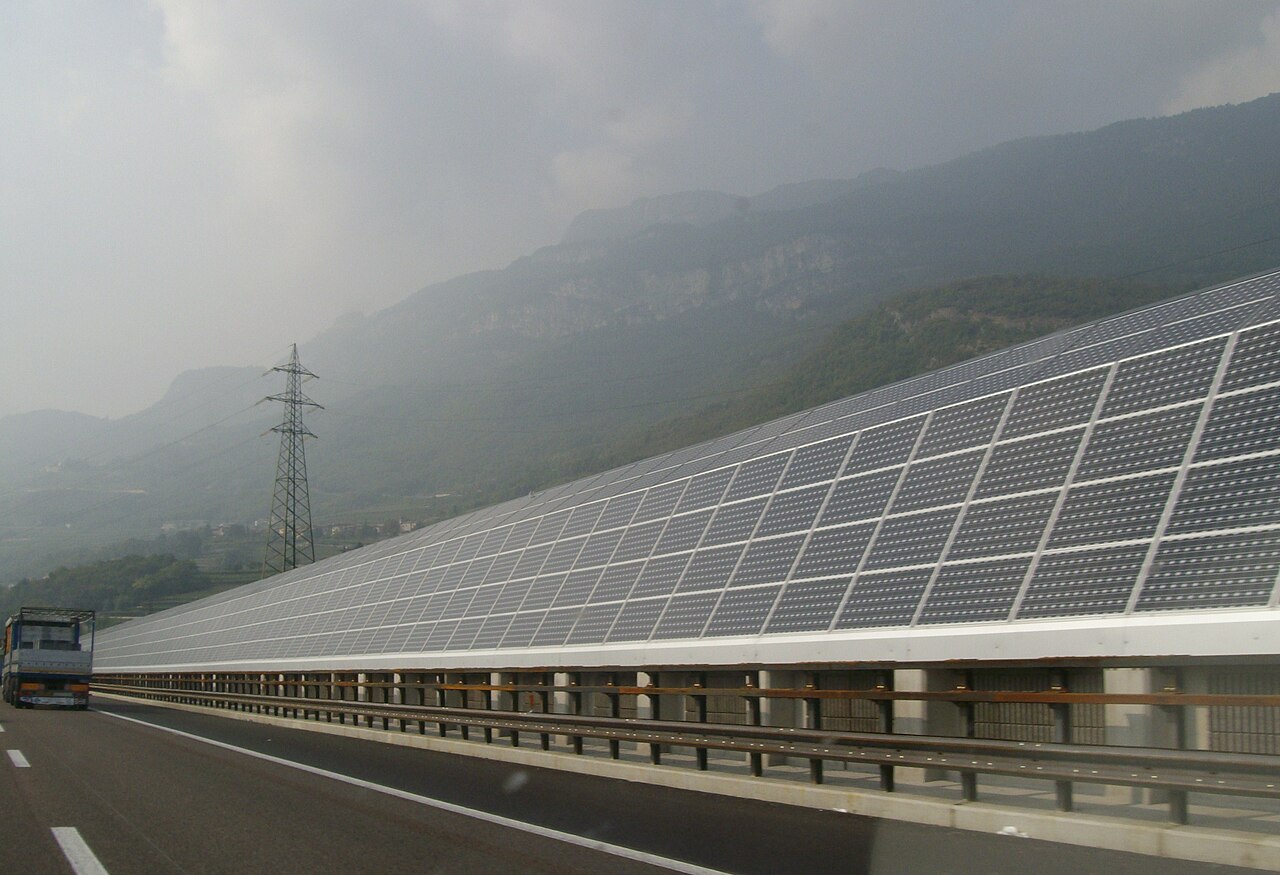
Anopheles stephensi sucks a blood meal from a human host. Anopheles mosquitoes are the primary insect vector for the microorganism that causes malaria. Credit: Jim Gathany/CDC, Wikimedia.
Featured Research
Ocean will hold onto carbon long after greenhouse gas levels drop
The ocean absorbs carbon dioxide from the air, acting as a carbon sink for anthropogenic emissions. If efforts to control emissions and remove legacy carbon from the air are successful, the ocean will become a carbon source, outgassing stored carbon dioxide back to the atmosphere. Scientists modeled the response of the ocean to different rates of carbon removal, finding the ocean lags behind the atmosphere as it ramps down, which could complicate carbon capture planning. Slower removal allows the ocean to spend more time under climate change conditions, eventually causing larger outgassing. [JGR Oceans study]
Malaria epidemic threat rising as climate warms
Malaria rates have decreased since 2000, but researchers are warning warmer temperatures and more rain will encourage high densities of mosquitoes and raise exposure risk for people in some regions of Africa in coming decades. A projected increase in urban population density could further the potential for future extreme outbreaks. Scientists project that central and west Africa will see the highest epidemic risk starting as early as 2030 to 2060. [GeoHealth study]
Europewide database shows who gets the most lightning and hail storms
The database involves all hail and lightning storms that occurred across Europe over an 11-year time span. Researchers found that during the summer, mountain ranges like the Alps and Pyrenees experience more hail and lightning, and areas around the Mediterranean see more during autumn. The establishment of this dataset could help provide a basis for future research into hail and lightning storms in Europe. [JGR Atmospheres study]
New method tackles turbulence of hurricane landfall
As hurricanes reach the coast, wind speed changes because of the different topography and structures it must navigate around. Knowing the wind speeds as hurricanes reach land can help researchers to understand how much damage might occur and for classifying hurricanes based on the Saffir-Simpson Hurricane Wind Scale’s 1 to 5 rating system. Researchers created the first simulation of how wind 10 meters above the ground interacts with topography changes once the hurricane reaches land. [Geophysical Research Letters study][University of Alabama press release]
A transatlantic communications cable does double duty
A new device enables existing submarine cable networks to measure deep-sea movements. It could ultimately help improve tsunami warnings and climate monitoring. [Eos research highlight] [Geophysical Research Letters letter]
Abrupt climate shifts likely as global temperatures keep rising
A computer vision technique modified to scan climate model data is helping scientists predict where and when rapid climatic shifts will happen in the future. [Eos research highlight] [AGU Advances study]
